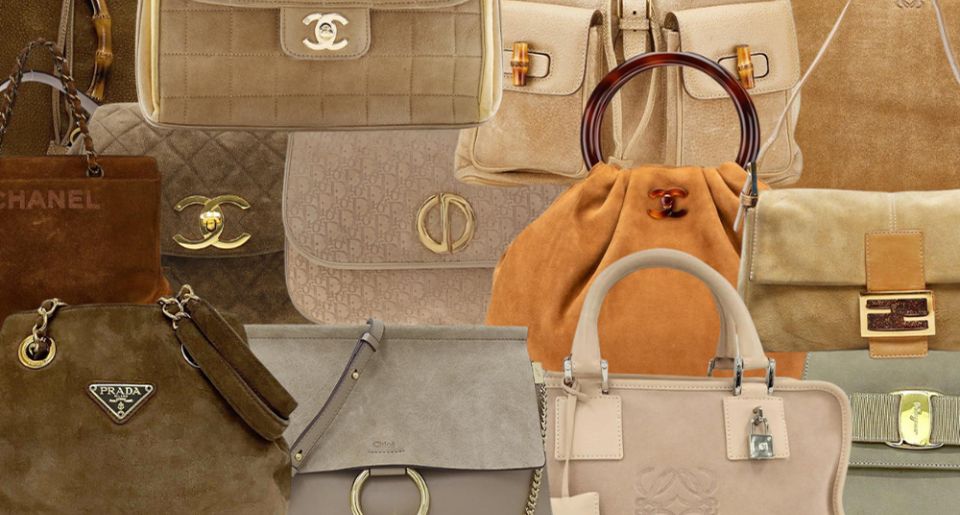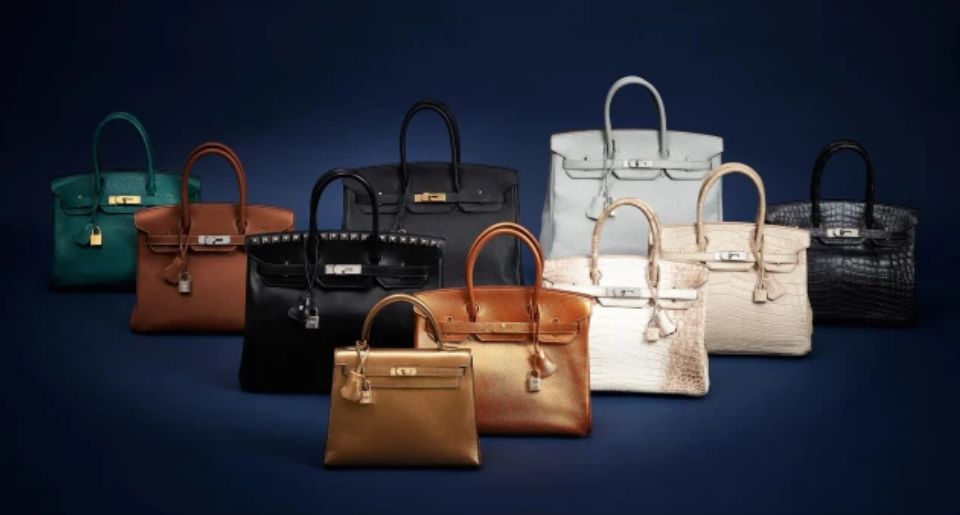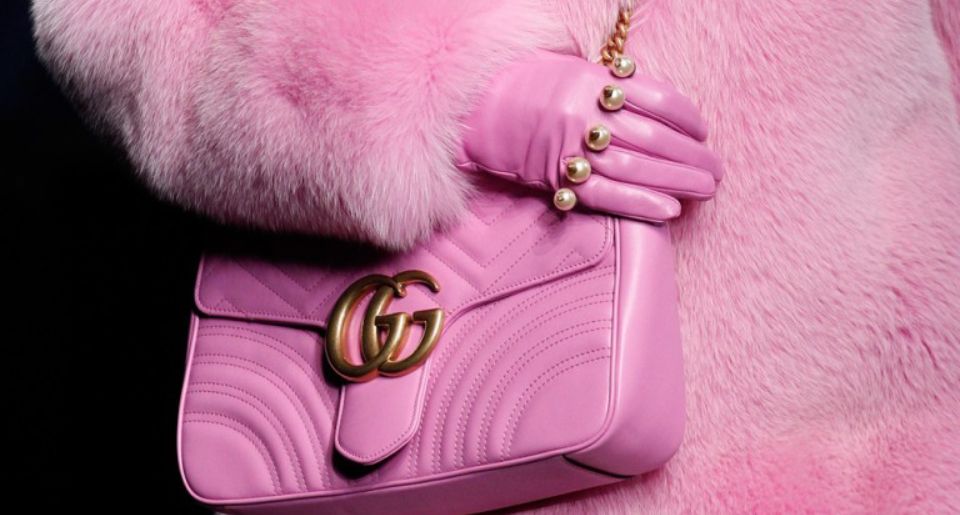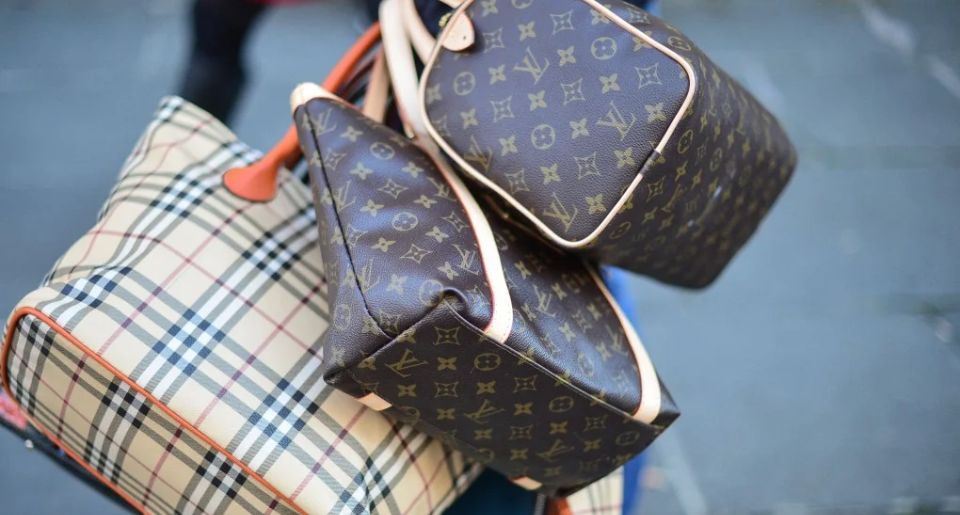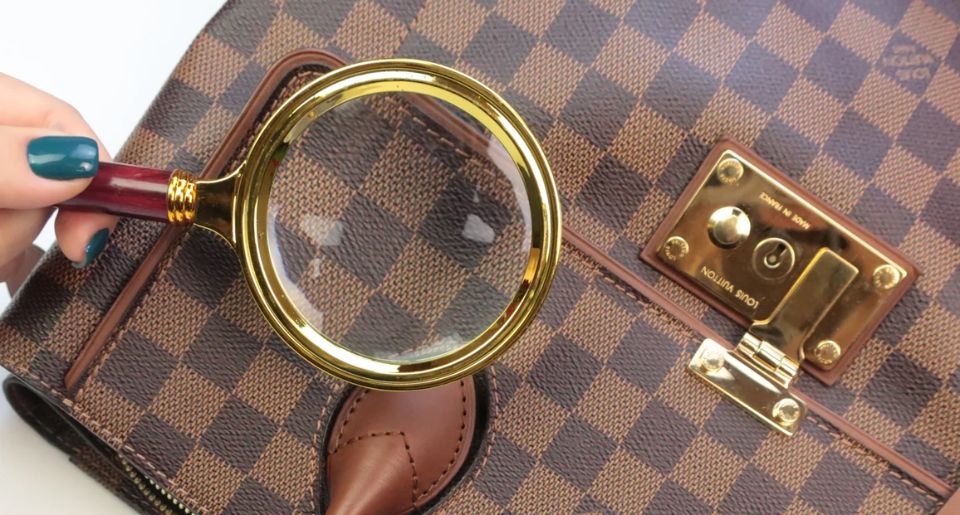Whenever second-hand luxury comes up, one question follows close behind: What’s the condition? And honestly, it’s a fair one. With some price tags climbing sky-high, even the tiniest scratch can feel larger than life. Yet through the lens of wabi-sabi (侘び寂び)—the Japanese philosophy of finding beauty in imperfection and incompleteness—those marks can actually add value.
For that reason, a Louis Vuitton leather piece with a patina might carry more beauty (and sometimes more desirability) than one pulled fresh from the shelf. It speaks of natural aging and fine leather, developing into a richer color, a softer touch, and greater flexibility. The kind of meaningful detail that can make a true collector’s heart skip a beat.
So, why frame second-hand luxury as a meeting point with wabi-sabi? Keep reading to learn about this transformative link, and you might just start seeing luxury the way Japanese culture has taught us for centuries!
Wabi-sabi: The Zen Buddhist way of seeing beauty in imperfection.
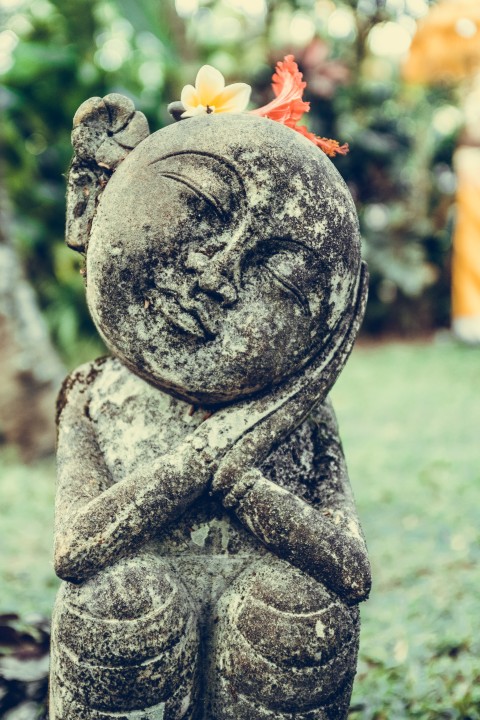
(Courtesy of nora bouz via LinkedIn)
Have you ever noticed the shared thread running through a Japanese tea garden, a hand-thrown bowl, a bundle of dried branches, or sun-faded timber? They all celebrate the same idea—beauty in imperfection.
In Japan, the Zen Buddhist philosophy of wabi-sabi runs deep through everything from traditional art to everyday life. The idea can feel a bit puzzling at first, but once it sinks in, the beauty becomes impossible to unsee.
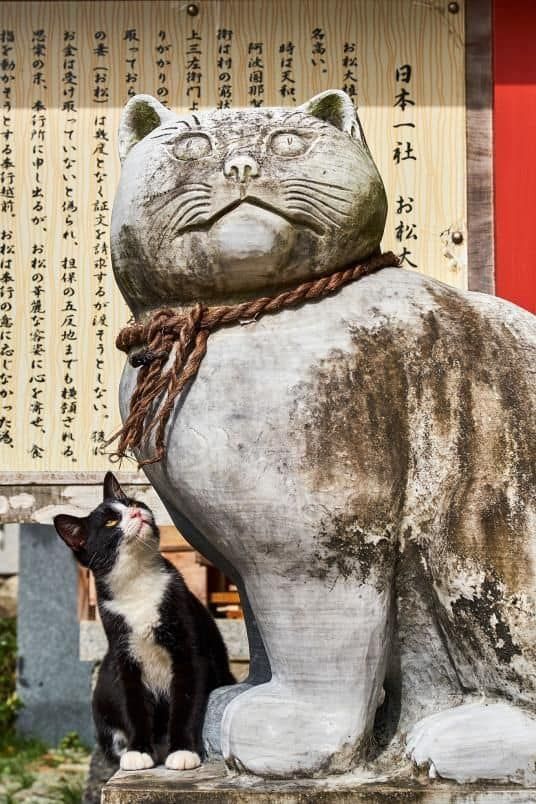
(Courtesy of min ours via Pinterest)
The wabi-sabi concept rests on two pillars. The first half—wabi—refers to the bittersweet joy of solitude, a calm that comes when you distance yourself from the constant striving of the outside world.
The second half—sabi—is about the quiet dignity that time bestows on both people and objects. Things may change on the surface, but their essence remains untouched.
Perfection might not be the goal, after all.

(Courtesy of Cold Feet Studio via Pinterest)
For wabi-sabi, it’s the lived-in details that matter, not some picture-perfect ideal. A light scratch on fine leather, a softened suede nap, delicate lines on brass hardware, or perfectly faded denim can all add character—especially when the stitching is firm and the silhouette stays strong.
In jewelry, a natural patina brings silver to life, while micro-scratches on a watch bezel often feel like fragments of a lived story. The key is balance: aesthetically pleasing wear that tells a story without compromising performance.
Of course, some gracefully aged pieces can be delicate, showing marks at the slightest touch. But does that make them less valuable than sturdier materials? Not in the least!
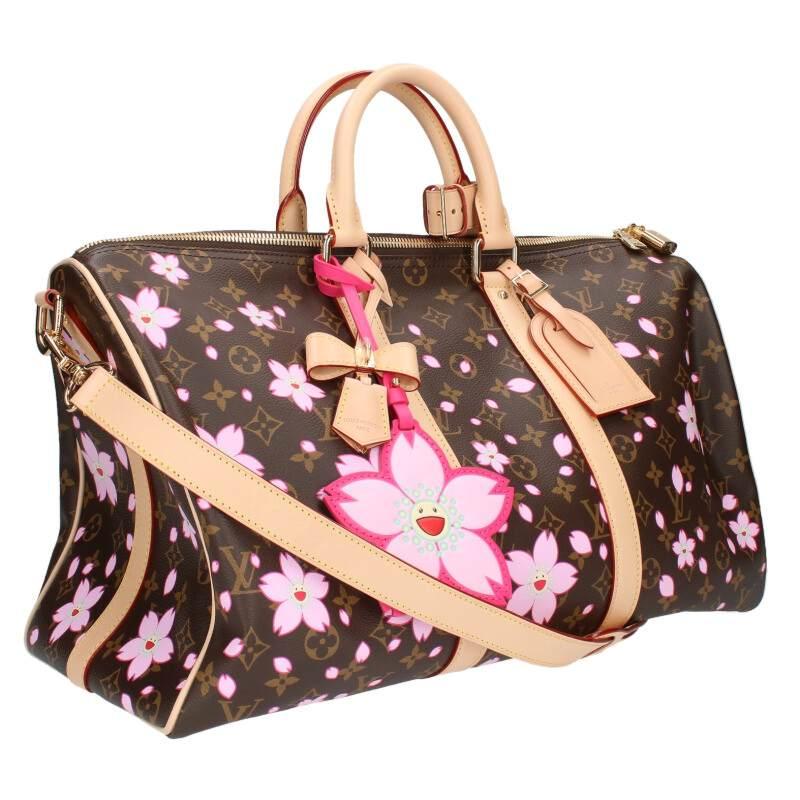
(Courtesy of ZenLuxe)
And really, how can we expect true flawlessness from something shaped by human hands out of natural materials like leather? Even a brand-new luxury piece can reveal subtle variations, natural marks, or tiny inconsistencies.
In a world dominated by filters and faultless feeds, maybe the question is this: have we grown so accustomed to perfection that we’ve lost sight of the charm in a pre-loved piece, with its gentle signs of life?
This perspective won’t resonate with everyone—and that’s perfectly fine. But perhaps it’s time to redefine perfection, and make space for beauty that’s authentic, enduring, and imperfectly real.
The fine line between well-loved and worn-out.

(Courtesy of The New York Times)
While wabi-sabi honors the passage of time, it’s worth remembering that there’s a fine line between meaningful aging and outright damage.
Cracked glaze on handles that threatens integrity, deep cuts that expose fabric backing, loose or popped stitches, sticky interiors, warped structure, moldy odors, or hardware corrosion that weakens function—these cross the line.
Ultimately, wabi-sabi doesn’t ask for lowered standards; it calls for discernment. Look for items where time has deepened the beauty while the foundation stays strong, and skip the ones that don’t promise longevity.
Why pre-loved pieces offer more than wabi-sabi charm.
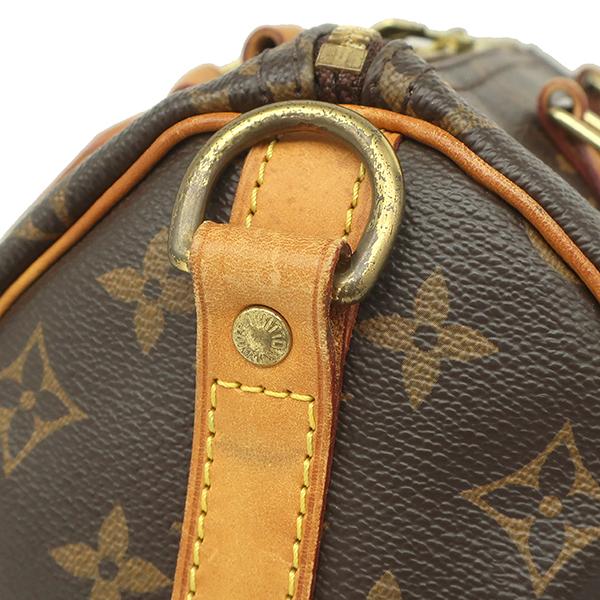
(Courtesy of ZenLuxe)
The Zen Buddhist way of seeing beauty in imperfection extends naturally to luxury, where lovingly used pieces offer not only the taste of refinement but also the depth of time well lived.
If that idea gives you butterflies and feels more exciting than something polished off the shelf, here’s another bonus: second-hand luxury usually comes at a friendlier price point. Yes, even a lavish Hermès Birkin can feel surprisingly within reach!
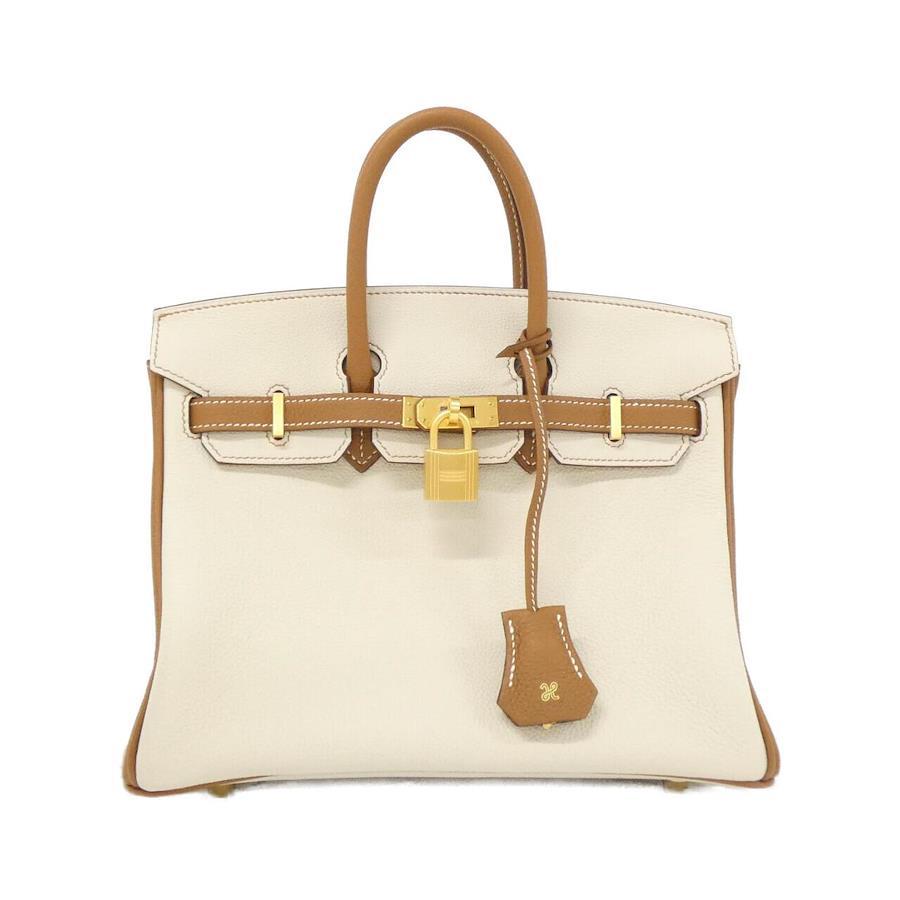
(Courtesy of ZenLuxe)
The trick with pre-owned is knowing what to skip—major flaws that stand out or affect usability—and what to embrace: pieces that carry the real beauty of Japanese wabi-sabi.
You’ll find this kind of curated second-hand luxury at ZenLuxe, where you can browse an extensive selection of the world’s top houses like Louis Vuitton, Hermès, Dior, Chanel, Gucci, Loewe, and more.
Every piece on ZenLuxe is carefully inspected—structure, stitching, interiors, hardware—and authenticated by specialists, so you can shop original luxury items with peace of mind.

(Courtesy of ZenLuxe)
You can expect a seamless online shopping experience in just a few taps. Once your order is placed, our Osaka-based team will carefully package it and send it straight to your doorstep (because while wabi-sabi celebrates imperfection, some things indeed call for perfection!)
About The Writer
Meet Mariam — a fashion writer who lives and breathes all things vogue and glamour. For her, the most therapeutic aspect of fashion goes beyond simply shopping for the latest styles that appear in stores; it’s fully experiencing this glamorous world from the little details to the big moments (there's nothing quite like the thrill of flipping through a sleek fashion magazine, is there?).

